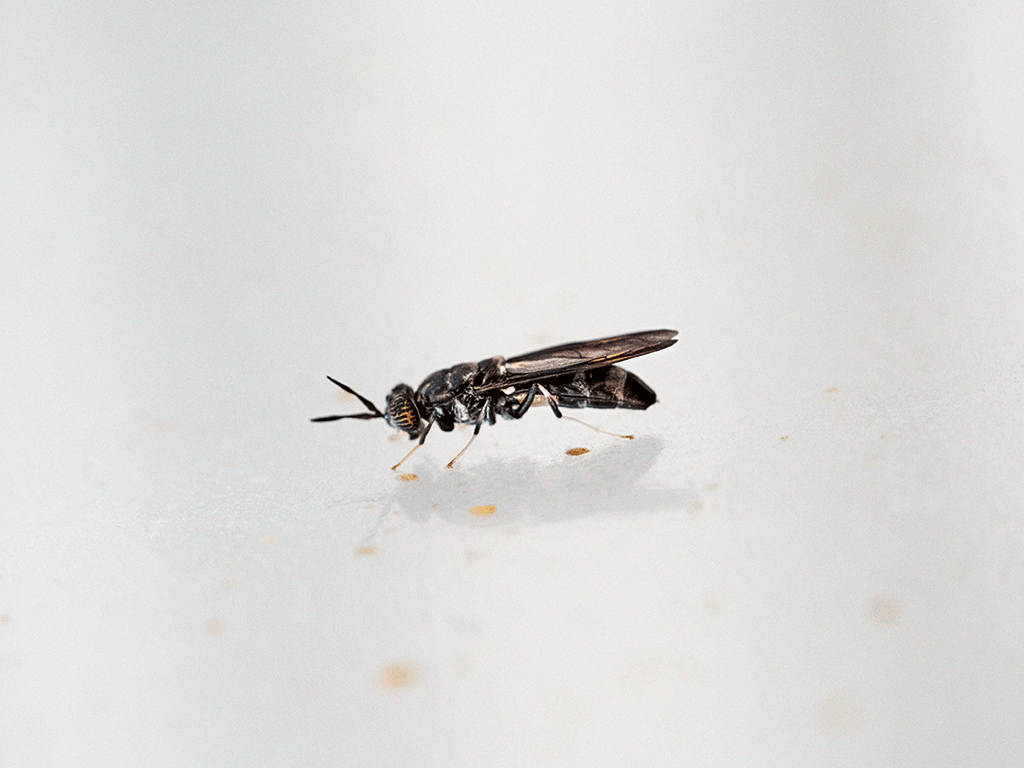
Foresight
Cheese without cows
In the future, dairy products could be manufactured without any components of animal origin through fermentation by microorganisms.

Animal nutrition
A Close Look
How the use of big data and biotech in poultry farming improves animal welfare—and reduces the use of resources.

Omega-3 fatty acids
Small Algae, Big Effect
Many people do not consume enough omega-3 fatty acids. What can help? Microalgae from the ocean.

Nutrition
How to succeed at sustainable agriculture
Felix Prinz zu Löwenstein explains the steps to make organic farming possible.



